Wakayama Ramen is one of traditional ramen in Japan that is served at specialty stores and popular cafeterias, mainly in the northern part of Wakayama prefecture. The Wakayama Prefecture has a warm climate facing the Pacific Ocean and the Kii Channel. Wakayama ramen is usually called, “Chinese Noodles” (中華そば) or just “Chinese” (中華) for short.
Origin/Historical Background of Wakayama Ramen
This is the story of how Wakayama ramen got its name. Wakayama ramen is a type of ramen with a soy sauce-based soup made from pork bones and chicken bones. It has a long history in Wakayama City, where people have been eating ramen since the early Showa period (1926-1989). Before the war, there were many ramen stalls in the city. The locals loved the taste of soy sauce, which came from nearby places like Yuasa, a famous soy sauce-producing area.
However, Wakayama ramen was not well-known outside the region. Even in Osaka, which is close to Wakayama, it was only occasionally featured in the media. The people in Wakayama did not think their ramen was special or unique. They did not call it Wakayama ramen, but “Chinese soba”, which means Chinese noodles.
The name “Wakayama ramen” was first used in the late 1990s, when a shop that served it opened in Tokyo. Then, in 1998, a big event happened. Hideyuki Ishigami, a businessman and a ramen critic, entered a TV competition called “TV Champion: Japan’s Best Ramen Finals”. He represented Wakayama City and won the championship over many strong competitors from all over Japan. He introduced Wakayama ramen to the whole country and made it famous.
Also, it opened a temporary store at the Shin-Yokohama Ramen Museum and became popular mainly in the Tokyo metropolitan area. As a result, Wakayama’s Chinese noodle shops have been actively covered on TV and magazines. And the name “Wakayama ramen” has come to be recognized due to the release of cup ramen by major instant noodle makers.
The development of Wakayama ramen had sparked a new nationwide local ramen boom such as Tokushima and Asahikawa ramen and on October 27, 2006. The Wakayama Prefectural Noodle Cooperative acquired a trademark right in which they will be given a designated product or service. As a result, they called it “Chinese noodles with soup from Wakayama Prefecture” using the regional collective trademark system.
How is wakayama ramen made?
Wakayama Ramen Recipe
The Wakayama Ramen has been characterized by its noodles. Generally, its noodles are thin, non-curly (straight) noodles. The color is yellow. There are some handmade shops, but machine-made noodles are common. The degree of boiling of noodles varies from store to store, and the hardness can be changed according to individual taste, so the theory has not been established.
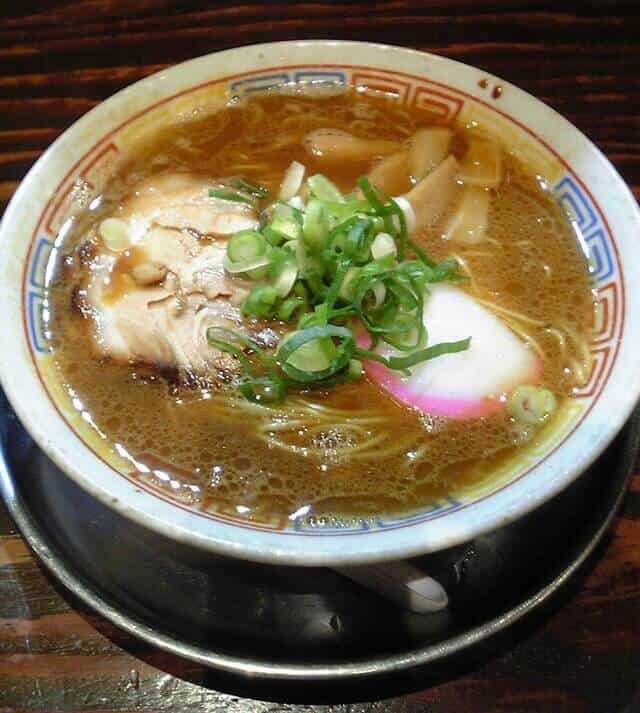
Wakayama ramen has two types of soup: soy sauce-based tonkotsu and pork bone-based tonkotsu. Tonkotsu means pork bone broth. Soy sauce-based tonkotsu is made by cooking pork bones in soy sauce and then using them to make soup. Some shops also add dried bonito flakes, vegetables, and chicken stock. The char siu (pork slices) are stewed in soy sauce and added to the soup.
Pork bone-based tonkotsu is made by boiling pork bones until they become soft and milky. Then soy sauce is added to adjust the flavor. This soup is richer than the soy sauce-based tonkotsu, but not greasy. The pork bone and soy sauce go well together. This style was invented by accident when pork bones were overcooked for soy sauce-based noodles. It became famous when “Ide Shoten”, a shop that uses this style, won a TV competition and opened a branch at the Shin-Yokohama Ramen Museum.
The toppings and seasonings for Wakayama ramen are simple. They are chopped green onions, menma (bamboo shoots), and char siu (thigh meat). The only seasoning is pepper. You won’t find garlic or lard in most shops. Some shops sprinkle pepper on the noodles before serving them.
How to make Wakayama ramen?
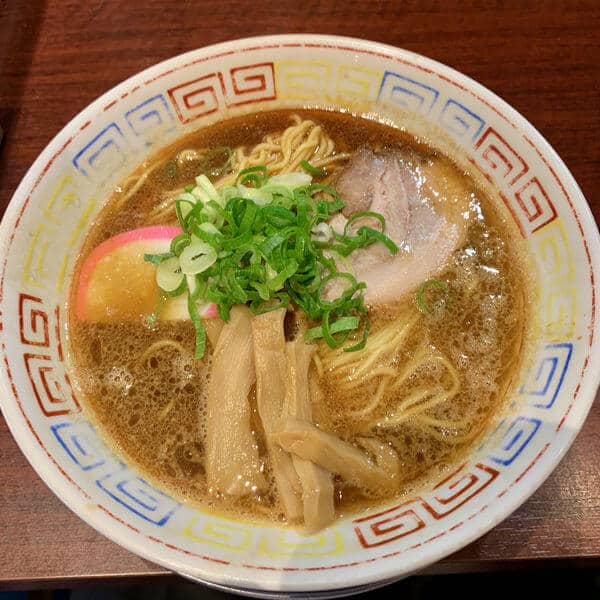
Even now, the pork bone soy sauce soup is characterized by soft noodles, and the ingredients are char siu, kamaboko, and menma topped with chopped green onions. The amount of ramen at the restaurant is small, and it is common to eat mackerel sushi called haya sushi or boiled eggs together.
The taste is refreshing to the eye, and the richness and aroma of soy sauce stand out. The ingredients include Kamaboko (fish paste that includes raw fish products) as a characteristic ingredient or “Chiyomaki” with a naruto pattern in a kamaboko shape. This is due to the advertising activities of the local Kamaboko company.
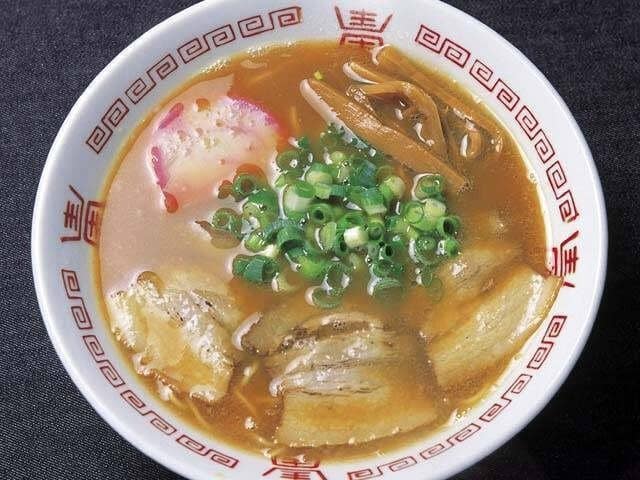
Wakayama has a unique culture of eating “Chinese noodles”, which are similar to ramen. The noodles are usually served in small portions, but you can order more if you want. This is because people also eat “Haya-sushi” with the noodles. Haya-sushi is a type of sushi made with mackerel that is not fully fermented. It is different from “Nare-sushi”, which is another famous sushi from Kishu region that is more fermented. They are often on the counter though, they are not free.
No one knows why, but they go well with the soy sauce-based soup that has a strong flavor. You can eat them in different ways: before the noodles, on top of the noodles, mixed with the noodles and soup, dissolved in the soup, or after the noodles. There is no rule.
Unlike other regions, Wakayama’s noodle shops rarely have side dishes like fried rice, dumplings, or fried chicken. This is because some people don’t consider the noodles as Chinese food, and because they prefer to eat sushi instead. However, some shops do offer rice (plain rice). But this is not common for the popular dining rooms, where rice, rice bowls, and set meals are the main dishes. On the other hand, these places usually don’t have sushi.
Recommendeed wakayama ramen restaurants
In Japan, there are a great number of restaurants and shops that cater to Wakayama Ramen. It is great to eat it with some friends and relatives. Here are some recommended restaurants that will surely capture the taste of the hybrid of Japan and China.
Ide Shoten
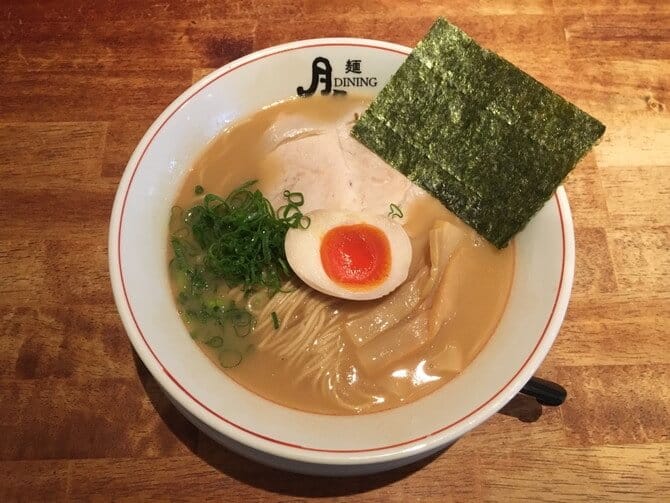
This one is a flagship store of Wakayama ramen, the one who made Wakayama ramen is known worldwide and the one who made the name “Wakayama ramen”. They appear on a TV showdown program and have won in a row. Customers come from all over the country, and on weekends there is a long line. It has opened a store branch in Shin-Yokohama Ramen Museum. The thick soup has a deep and mellow richness, and once you eat it, you will be addicted to it. The soup is soaked in the thin noodles, and the charcoal stewed to melt is also delicious. A perfect balance of tonkatsu soy sauce soup with thin noodles.
Maruki Chinese Soba
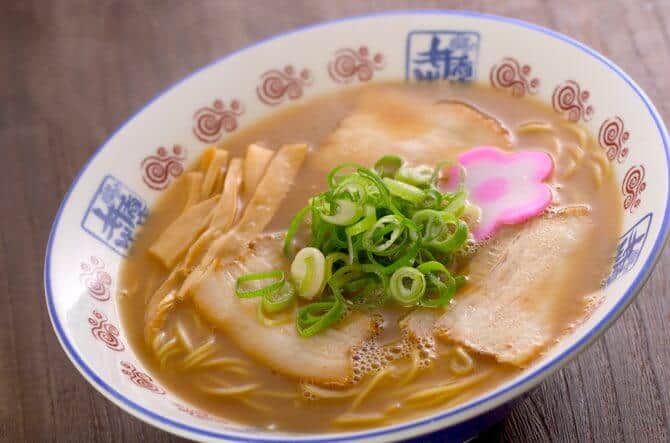
It has been over 70 years since we started offering Chinese food at food stalls. It is the third generation master who continues to preserve the taste at the time of its founding. The soup was produced by careful preparation and has a refreshing and smooth taste. Understandably, many fans are still attached to the simple royal road of Chinese food.
Kyobashi Kotaro
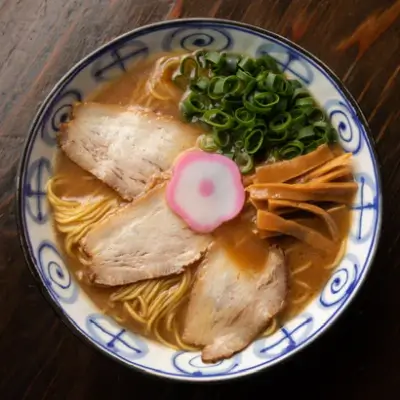
Kotaro’s special Wakayama ramen (Chinese noodles) is a rich but mellow tonkatsu soy sauce soup. You can choose from “rich” to “light” according to your preference. The secret homemade char siu and chewy thin noodles are entwined with the soup, and once you eat it, it’s delicious. The ramen was produced by the master who was a chef.
Masayoshi Restaurant
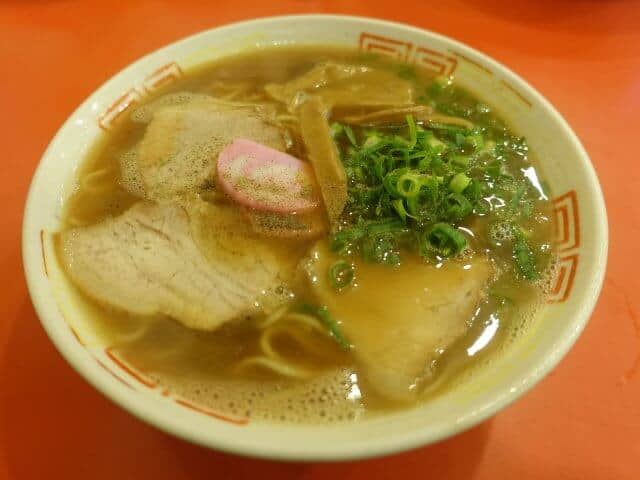
This shop, which is related to Ide Shoten, has been serving the classic Wakayama Ramen for a long time. The unique feature of this restaurant is that it offers ramen with raw eggs, which is rare in other Wakayama shops. First, you can enjoy the familiar and stable taste of the rich soup and thin noodles by putting them in your mouth without breaking the egg. Next, you can savor the mild and gentle freshness of the whole menu by letting the noodles pass through the yolk part of the raw egg. This is a delicious way to experience Wakayama Ramen.
Honke Arochi Marutaka Chinese Soba
This restaurant was characterized by the deep richness of its soy sauce base. Arochi is one of the best night downtown areas in Wakayama. The shop faces the main street and due to this one, many people go here after drinking alcohol, and it has been loved as “Chinese soba of the day”. The soup was taken after boiling in soy sauce was said to have a deep richness in its refreshing taste. The carefully simmered char siu is also popular. The thin noodles are chewy and have excellent entanglement with the soup.
Another Ramen in Japan
There are so many different types of ramen in Japan, and each one has a different and very interesting flavor. If you are a ramen lover or just curious about what kind of ramen there is, please refer to this link for other ramen articles.


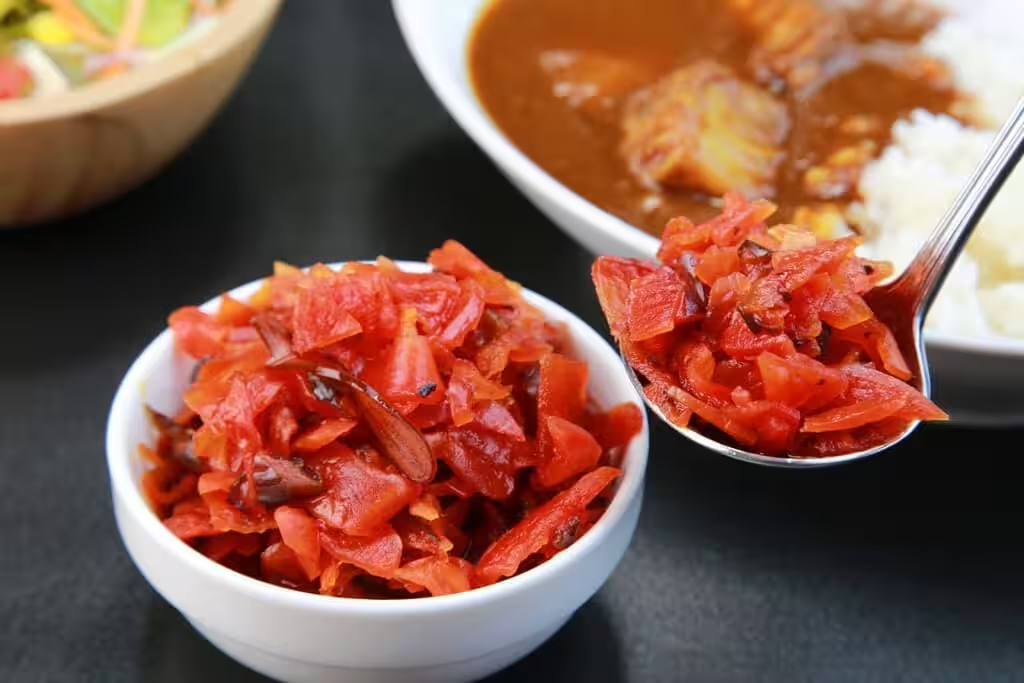
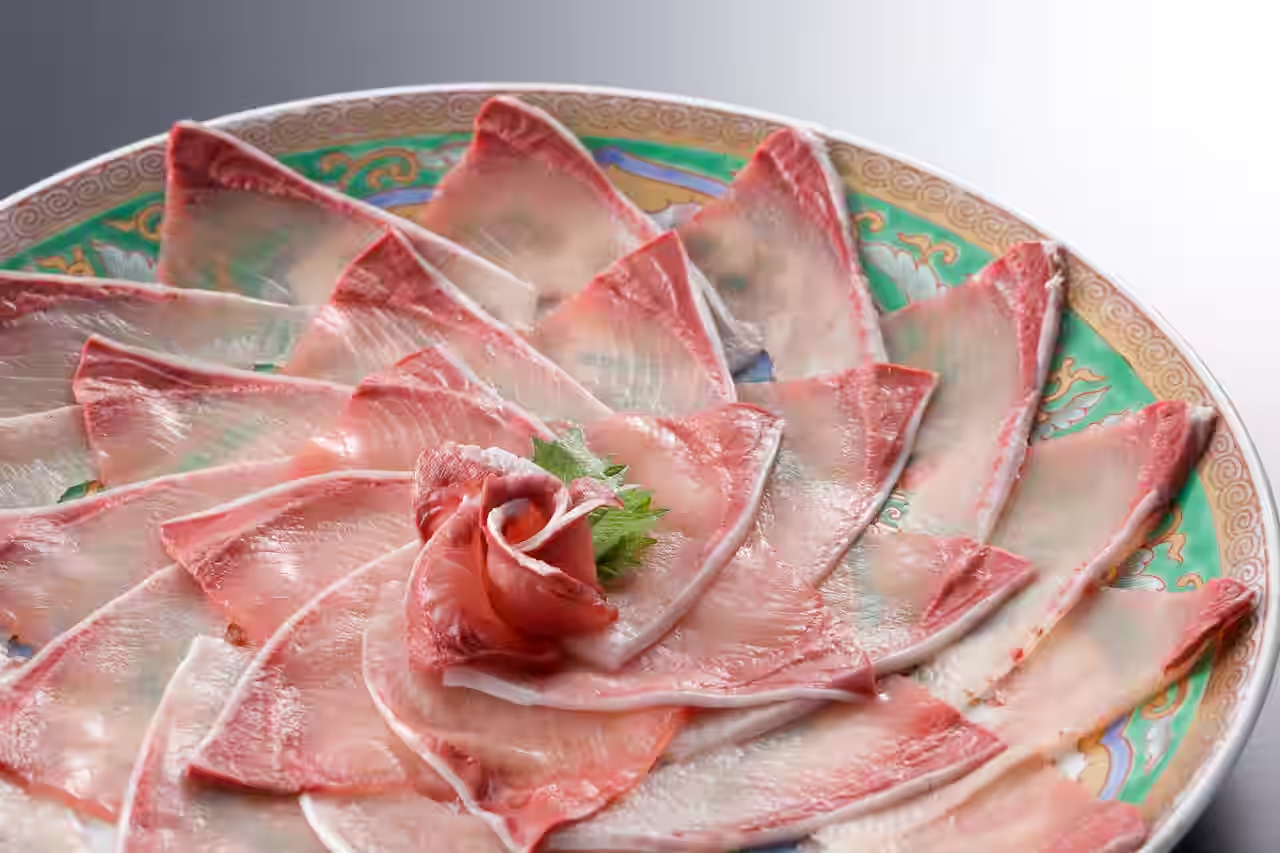
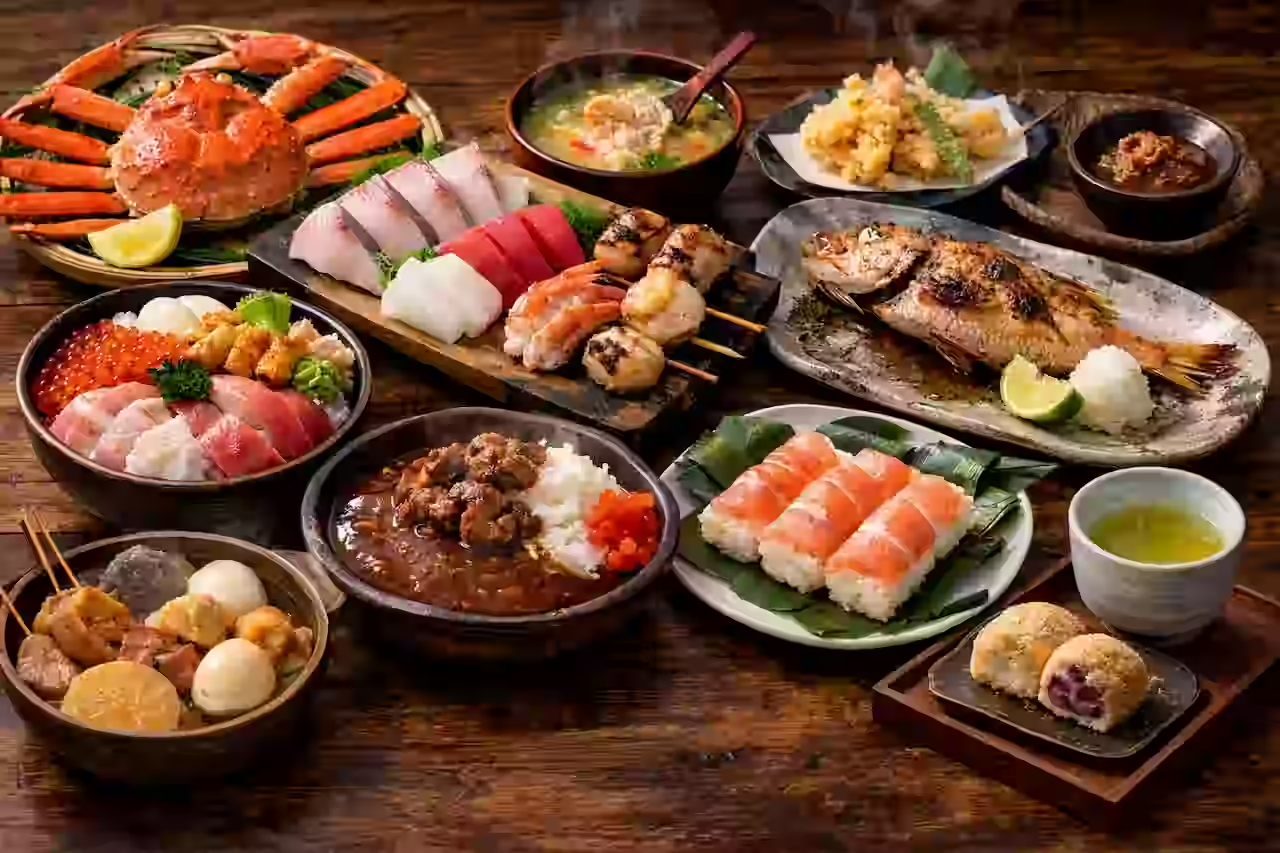

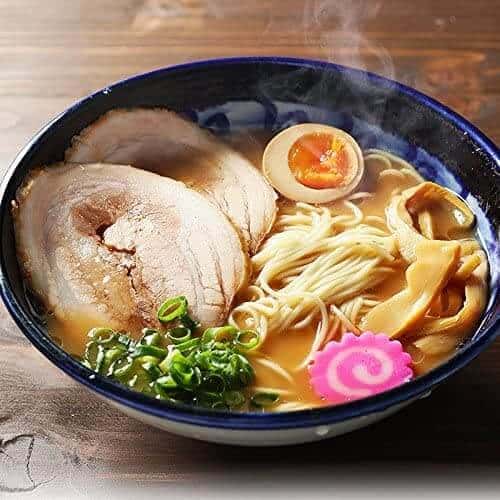
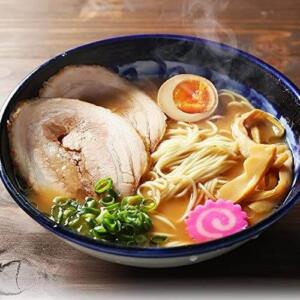
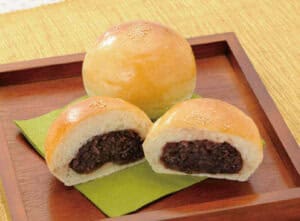
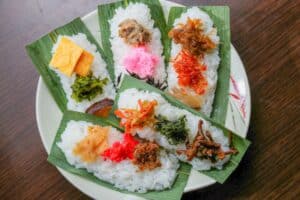
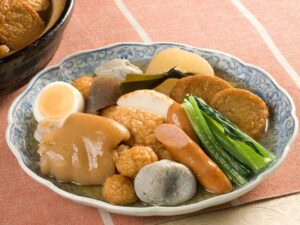

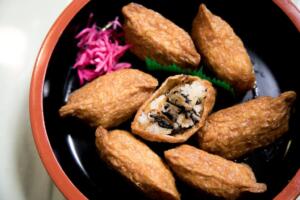
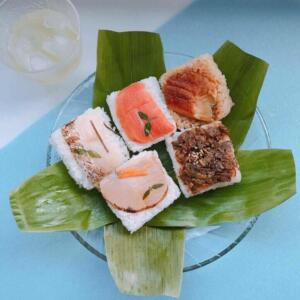
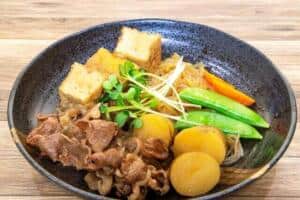
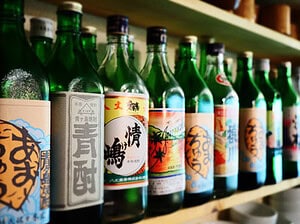
Comments